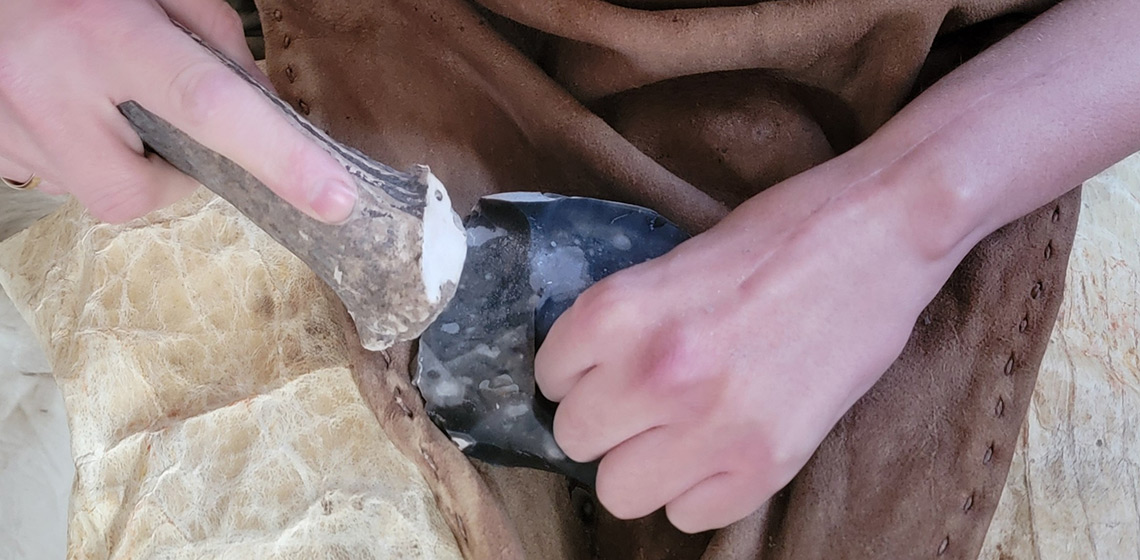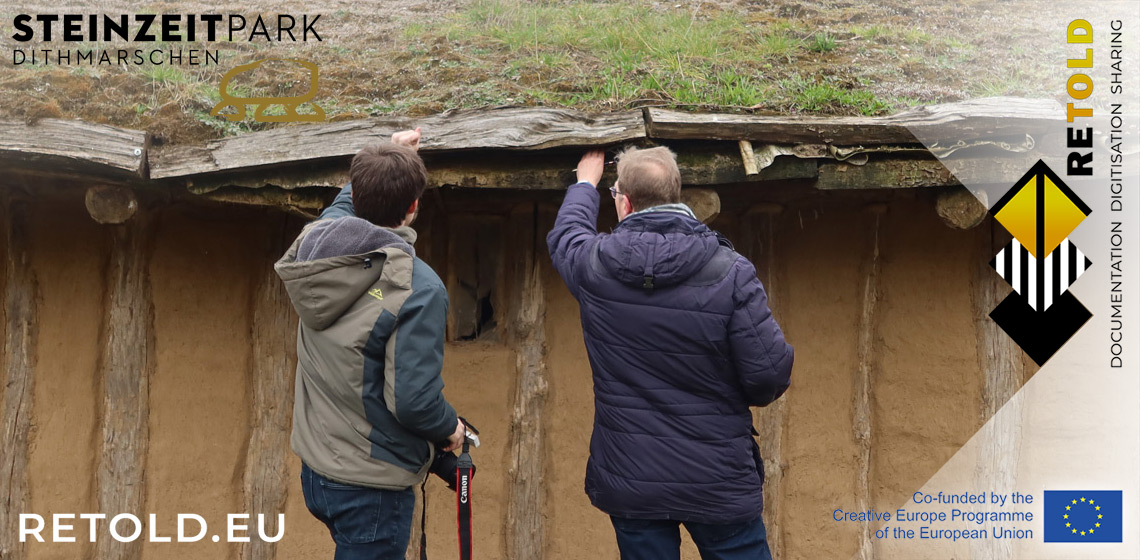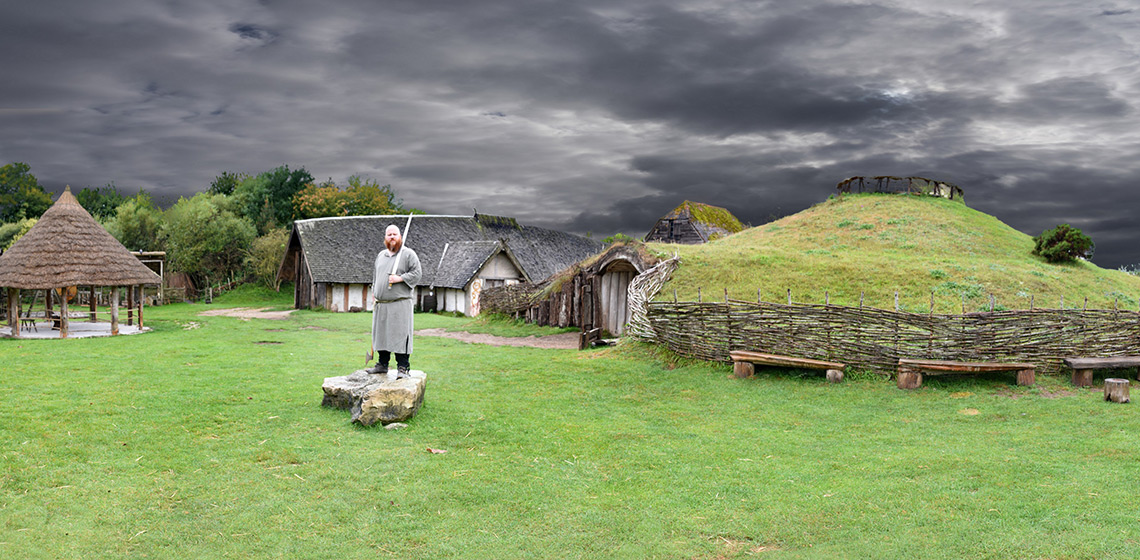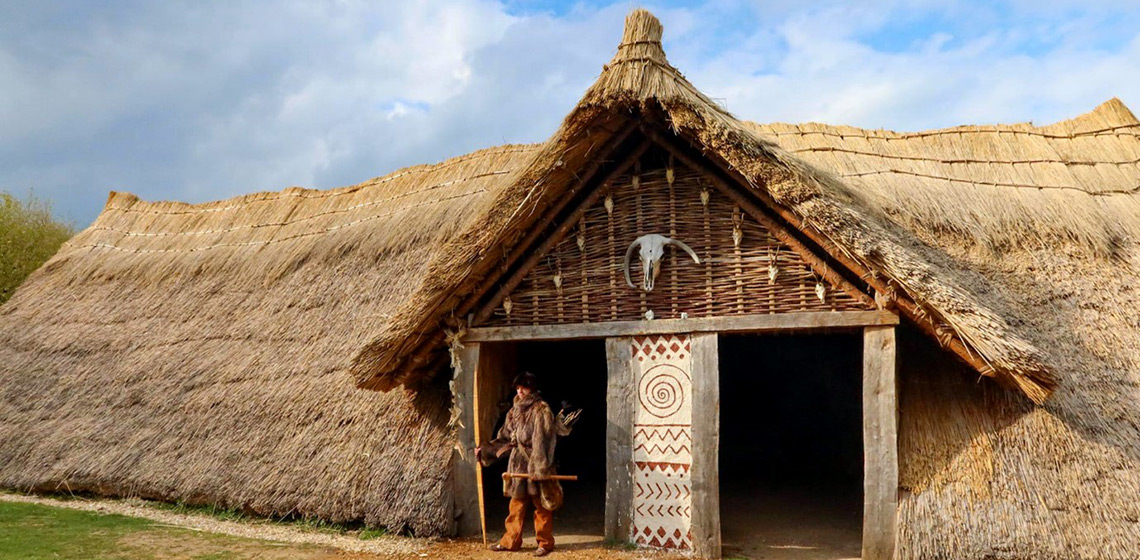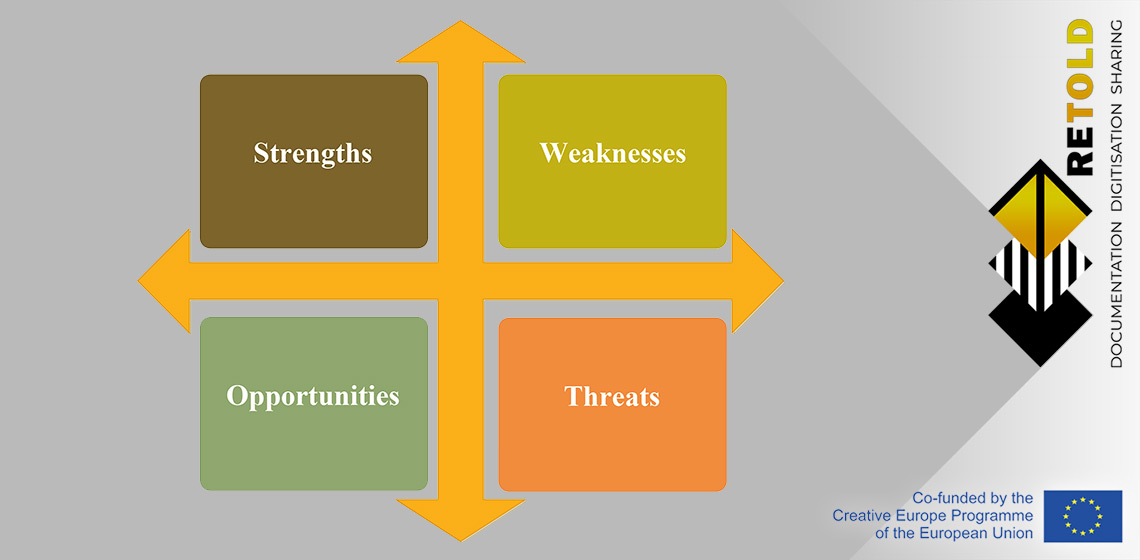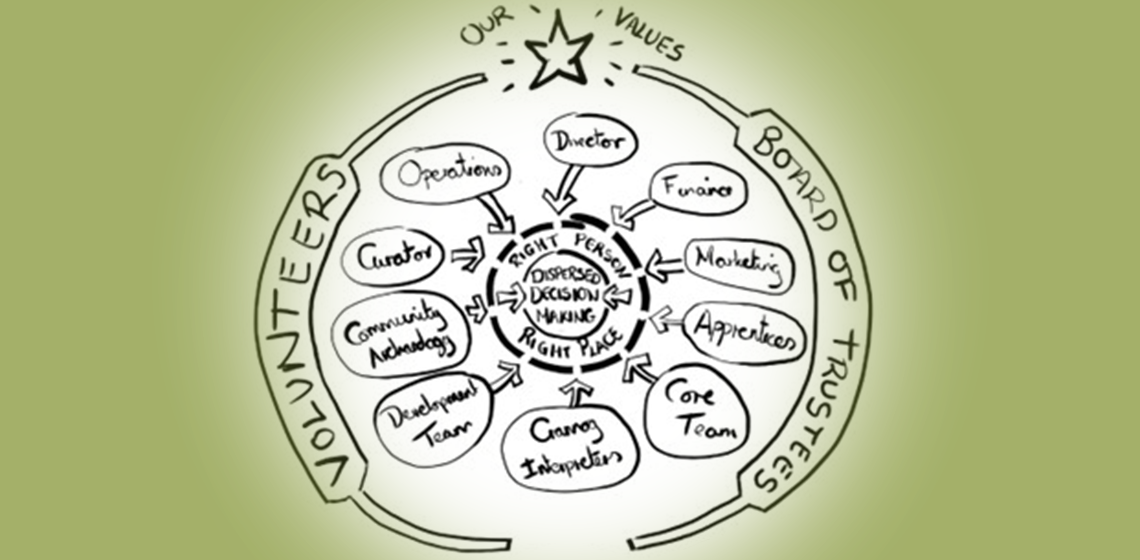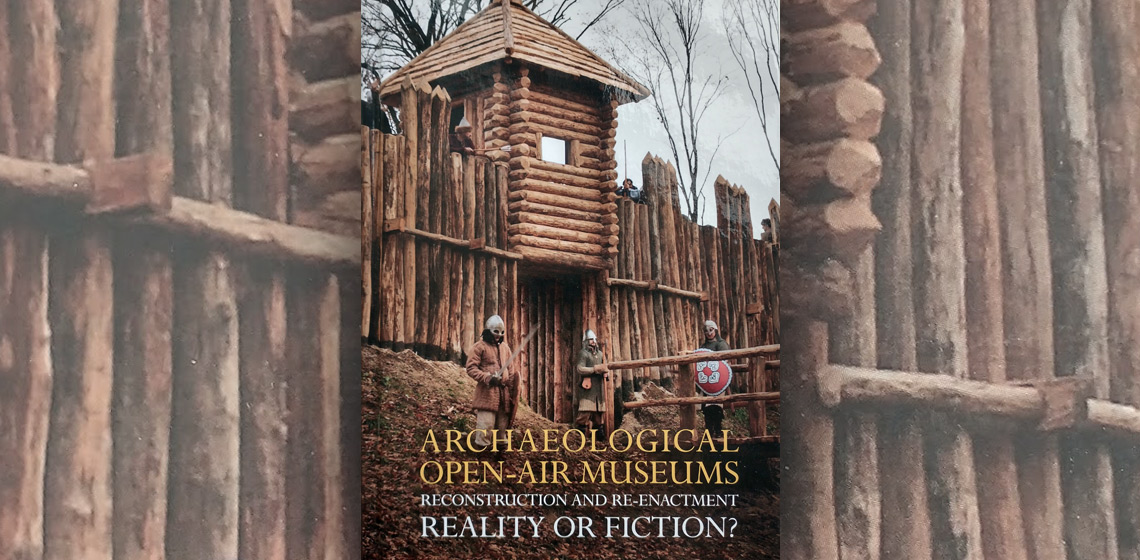archaeological open-air museum
Disability, Living history and Experiential Archaeology
Publication Date
Disability and the presence of disabled individuals in prehistory and history is well established, attested through the archaeological record as well as in available contemporary written accounts. What seems less self-evident is how the presence of disabled individuals in a particular setting should be interpreted; practically, socially and in terms of the social agency where disabled individuals are concerned...
RETOLD: Experiences in a Local Museum with Digital Documentation – The Stone Age Park Dithmarschen in Albersdorf (Germany) as a RETOLD Partner
Publication Date
The Stone Age Park Dithmarschen in Albersdorf (Germany) is an archaeological open-air museum focussing on the Stone Age. It consists of an outdoor park area of about 40 hectares. This includes archaeological monuments, reconstructed Mesolithic and Neolithic buildings and a recently opened museum building with an exhibition of original artifacts...
Which Type of Archaeological Open-Air Museum? A Classification Proposal
Publication Date
Archaeological Open-Air Museums (AOAMs) are well established in the international museum landscape, and today more than 350 of these sites can be counted in Europe alone. These museums differ considerably from one another, and each of them presents specific and unique features.
Crossing Borders and Eras: the adventures and experiences of three Romanian Archaeology Students in two European Archaeological Open-Air Museums: preHistorisch Dorp (NL) and Butser Ancient Farm (UK)
Publication Date
In this article, we share our enriching experiences during internships at two prominent Archaeological Open-Air Museums in Europe: preHistorisch Dorp in the Netherlands and Butser Ancient Farm in the UK. Motivated by our passion for experimental archaeology, we embarked on this journey to contribute to the development of this field in Romania.
The Butser Ancient Farm Horton Neolithic Building – Its Construction and Significance to the Interpretation of Buildings of Early Neolithic Britain and Ireland
Publication Date
In 2019 a substantial building, based on archaeological evidence of early British Neolithic dwelllings, was constructed by site staff, volunteers, and staff of Wessex Archaeology at the Experimental Archaeology site, Butser Ancient Farm in Hampshire, England. The archaeological feature on which our building was based was excavated in 2012 by Wessex Archaeology as part of a pre-extraction programme...
Event Review: Archaeology Days in Kernave, 2023
Publication Date
NGO "Chorna Galych", Ukraine, first visited Kernave in 2017; this was the second time the NGO participated in this event. The experience of this trip revealed to us new interesting aspects of cultural heritage interpretation methods and became an important starting point for changes in our own attitude to the matter. It was especially interesting to see how the festival and the reserve have changed.
RETOLD: A SWOT Analysis
Publication Date
After two years of implementing the RETOLD Project, we made a SWOT Analysis of the current stage of using digital technology in the daily activities of open-air museums, as far as documentation, digitization and sharing heritage are concerned. The analysis was made based on the answers from a questionnaire applied in the three partner museums involved in the projects...
Reconstruction of ‘Lattara type’ Housing in a French Archaeosite in Southern France
Publication Date
Randa Ardesca is an "Archaeosite", which means it is a place dedicated to experimental archaeology and living history. This type of site could also be an archaeological site, but Randa Ardesca is not because the excavations made in situ were not inconclusive. We are located in the south of France, in the region of Ardèche...
The Scottish Crannog Centre: Sustainable Thinking through Time and Place
Publication Date
The Scottish Crannog Centre is currently in the process of moving to a new larger site, just across the waters of Loch Tay to the northern shores. On our journey to our new home of Dalerb we took the decision to embrace sustainability in all its forms and consider how we can highlight certain sustainable practices that can be seen in the archaeological record...
Book Review: Reality or Fiction?
Publication Date
In October 2018, a conference took place in Southern Poland. It was attended mainly by people from Poland and Slovakia, but also included several EXARC members from abroad. The conference was titled “Archaeological Open-Air Museums: Reconstruction and Reenactment – Reality or Fiction?” which is also the title of this book which was published in 2022...

